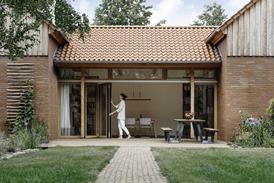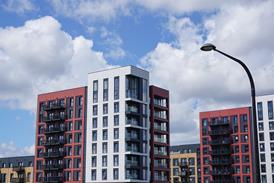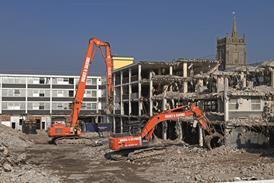- News

All the latest updates on building safety reformRegulations latest
- Focus
Close menu
- Home
- News
- Focus
- Comment
- Events
- CPD
- Building the Future
- Jobs
- Data
- Subscribe
- Building Boardroom
Housing: the backlash begins
By  Joey Gardiner2017-10-06T00:01:00
Joey Gardiner2017-10-06T00:01:00

A proposal to bring in an objective calculation of how many homes each council must build is ruffling feathers in Tory heartlands and traditional Labour councils alike. But will a politically fragile government risk pushing through a policy that’s unlikely to do much to boost housing growth?
This content is available to REGISTERED users
You are not currently logged in.
LOGIN or REGISTER to access this story

LOGIN or REGISTER for free access on selected stories and sign up for email alerts.
Take out a print and online or online only subscription and you will get immediate access to:
- Breaking industry news as it happens
- Expert analysis and comment from industry leaders
- Unlimited access to all stories, including premium content
- Full access to all our online archive
Get access to premium content subscribe today

















